Fighting root mites in indoor flowers
A root mite in indoor flowers can pose a serious threat to plants. In nature, the pest is extremely common and is part of the ecosystem, destroying dead plant debris. Getting into flower pots along with untreated soil, the onion root mite begins active reproduction. With a lack of the nutrition it needs, the pest begins to destroy the living tissues of plants, giving preference to bulbous crops. The orchid is inhabited by a special representative of the root mite - Rhizoglyphus echinopus.
Description of the pest, the harm done
Rhizoglyphus echinopus is a larger pest than other root mites. Its translucent body, up to 1.5 mm long, is pear-shaped. The color of the tick is whitish; brown spines are visible on the legs. It moves very slowly, because of its small size it is difficult to distinguish. Even adults can be clearly seen only through a magnifying glass.
The peculiarity of the Rhizoglyphus echinopus tick is that it lays eggs not in the ground, but on the leaves, pseudobulbs, orchid peduncles. Often it is from the masonry that the florist detects the pest. The female can lay up to 300 large white eggs at a time. Most often, arthropods parasitize weakened orchids.
Eating root tissue, onion root mites make holes in the form of grooves filled with powdery brown dust inside. Sometimes pests move to the lower leaves, leaving small furrows on the inside of the leaf plates. In the future, the affected areas soften, the tissue darkens. Eventually the diseased plant withers away.
Optimal conditions for ticks and infection routes
The root mite prefers a temperature of + 20–22 ° C; at low and too high temperatures, its vital activity slows down. The pest also likes high humidity. In a warm, humid environment, Rhizoglyphus echinopus begins to actively reproduce.
If you over-water the orchids near the radiator, ideal conditions will be created for the active life of the root onion mite. The pest is often found in old substrate. The components of the mixture thicken over time, dry out poorly and almost do not allow air to pass through - the tick is comfortable in such conditions.
The pest enters the house together with the purchased or donated flower. After a while, the onion mite spreads along the windowsill, gets on the orchids located in the neighborhood. That is why the newly arrived plant must be quarantined, isolating it for at least 2 weeks.
Treatment with folk remedies
You can remove the root mite that has settled in indoor flowers with herbal decoctions and infusions. For their preparation, plants are used that have an insecticidal effect:
- Infusion of garlic.
For cooking, take 7-8 medium cloves per 0.5 liters of water. Garlic is chopped, poured with water and infused in a dark glass container for 5 days. The finished infusion is filtered, diluted at the rate of 2 tsp. means for 1 liter of water and spray the soil, roots and the plants themselves. The treatment is carried out several times at 5-day intervals.
- Onion peel decoction.
For cooking, use unnecessary dishes, since the product stains the container. A handful of husks are boiled in 1 liter of water for 5 minutes, and then insisted for 7-8 hours under a lid. Strain before use.
- Dandelion root infusion.
Raw materials can be purchased at any pharmacy. Prepare an infusion of 1 tbsp. l. chopped root and 1 liter of water at room temperature. The tool is insisted for 2-3 hours and used for processing.Several procedures are required with an interval of 4-5 days.
Folk remedies are effective at an early stage of infection, when there are not too many pests. They are also preferable to use in homes with pets and small children.
Use of chemicals
In case of severe infection, it is better to use chemicals.
Before starting treatment, you must:
- remove the orchid from the pot;
- examine the roots and pseudobulbs;
- cut out all affected areas to healthy tissue;
- powder the places of cuts with crushed charcoal;
- transplant into a new substrate.
The soil is pre-steamed in a microwave oven for the purpose of disinfection. Before planting, it is advisable to soak the roots in a solution of "Acaricil" or use a watering agent.
The following preparations of systemic and acaricidal action are used to treat plants:
- "Clofentesin";
- "Karbofos";
- "Neoron";
- Actellik;
- Apollo;
- "Danadim";
- Fostran.
Spraying is carried out 3-4 times with an interval of 5 days. If after that the pests have not disappeared, it is recommended to change the drug - perhaps the ticks have become addicted to the active substance.
From time to time, a similar problem may recur. Florists should regularly inspect their plants, monitor their health, and take pest control measures at an early stage. Such a beautiful and delicate flower like an orchid deserves it.
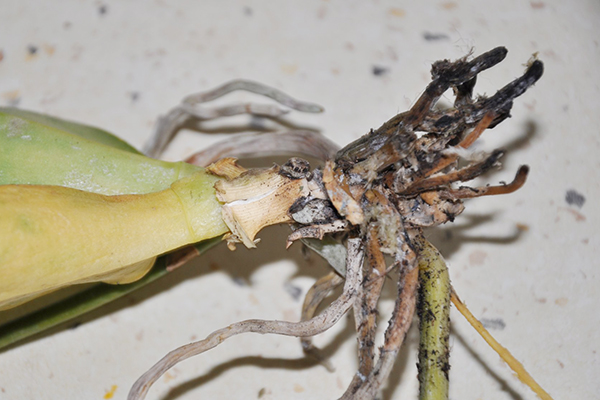
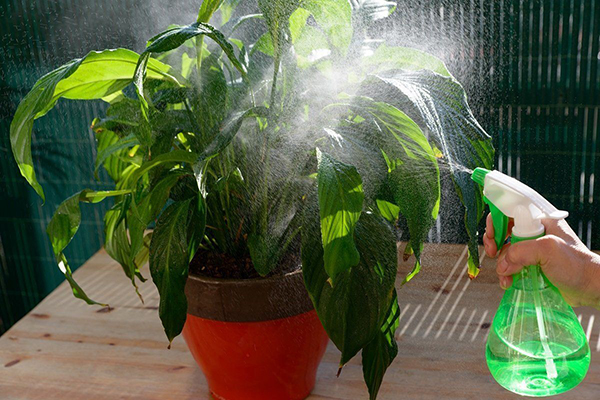
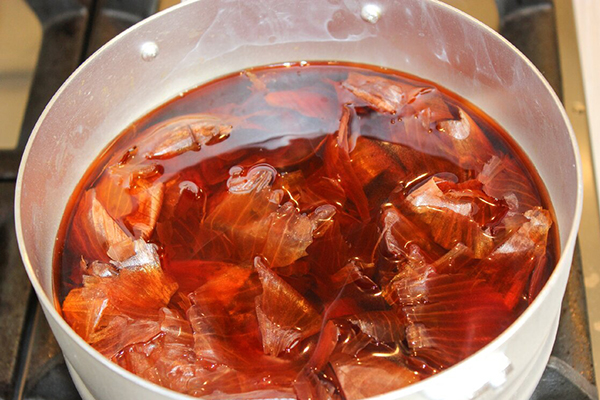
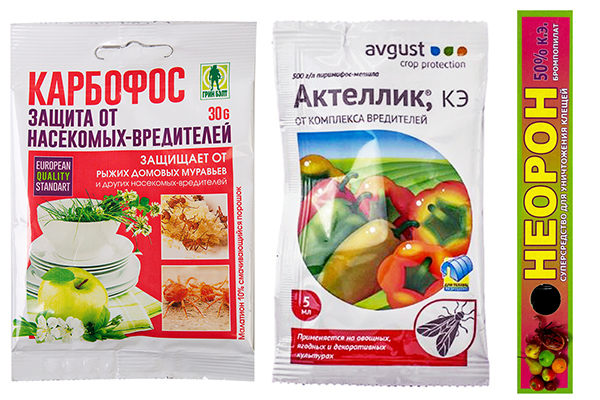

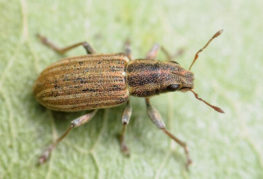
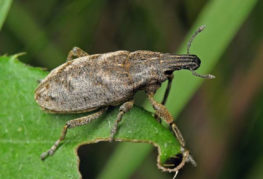

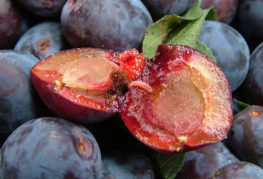
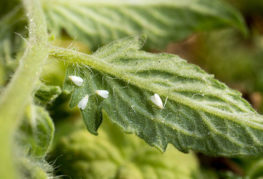
and will be published shortly.